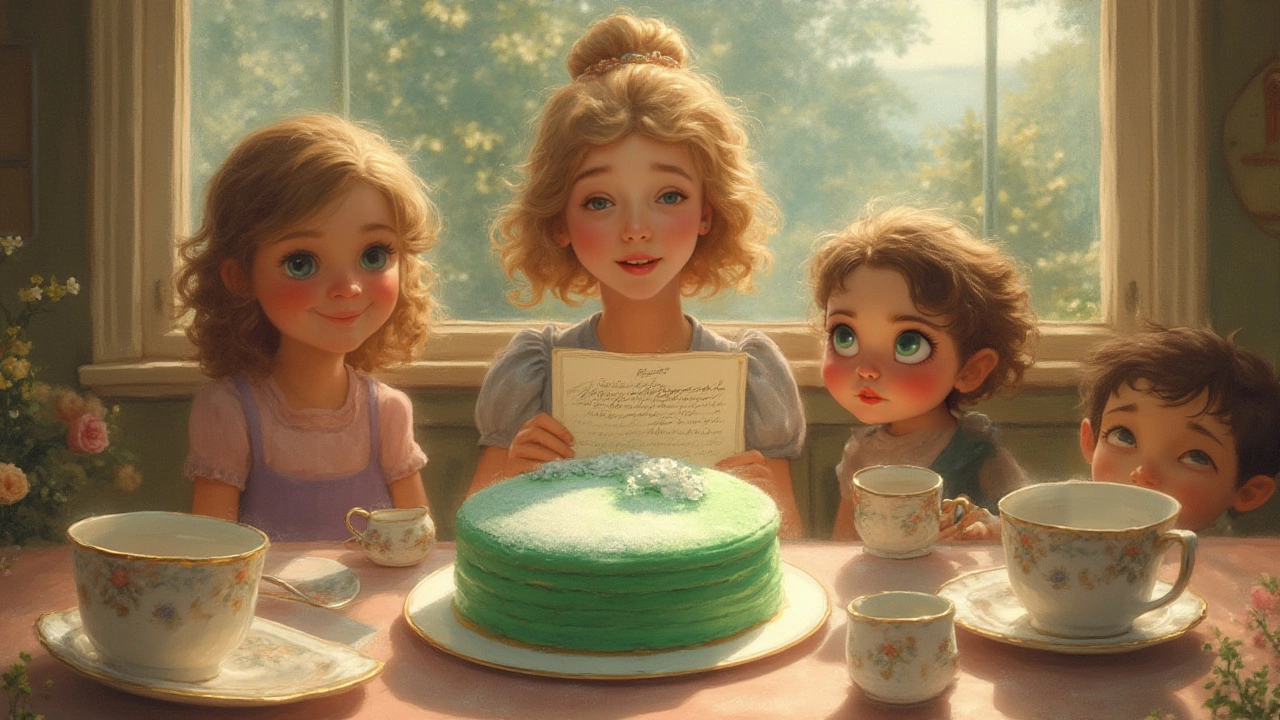
Why is It Called a Princess Cake? The Sweet Swedish Story Behind This Royal Dessert
Ever wondered why it's called a princess cake? Discover the real story behind Sweden's prettiest dessert, its royal roots, and the secrets to making your own.
Ever wondered why some cakes feel extra special? It’s often because they’ve sat at royal tables for centuries. From Queen Victoria’s sponge to modern coronation cakes, the history of royal desserts is full of tasty moments that still inspire bakers today.
King Henry VIII liked a dense fruit cake called panettone, which later became a holiday favorite across Europe. Fast forward to the 19th century, and you get the classic Victoria sponge—light, fluffy, and layered with jam and cream. It earned its name because the queen loved a simple slice with tea.
In 1953, when Queen Elizabeth II was crowned, the official coronation cake was a towering fruit slice covered in marzipan and icing. Its bright orange glaze symbolised optimism after the war. The cake wasn’t just a treat; it was a statement that Britain could look forward to brighter days.
The most recent royal buzz came with Prince William and Kate Middleton’s wedding. Their cake was a six‑tier marvel featuring vanilla, chocolate, and raspberry flavors, all wrapped in a smooth white fondant with the royal crest. Each tier had a different flavor, showing that even royalty enjoys variety.
Want to bake a cake that feels fit for a king or queen? Start with the basics: a reliable vanilla sponge or a rich chocolate base. Use high‑quality butter, fresh eggs, and real vanilla extract—those are the building blocks of any royal‑worthy bake.
Next, think about decoration. Royal cakes often feature elegant details like sugar roses, edible gold leaf, or a crisp marzipan cover. You don’t need to spend a fortune; simple piped rosettes and a dusting of powdered sugar can give a classy look.
Flavor combos matter too. Pair classic vanilla with strawberry jam for a nod to the Victoria sponge, or layer chocolate and raspberry for a modern royal twist. If you’re feeling adventurous, add a hint of brandy or orange zest—just like the coronation cake’s orange glaze.
Finally, presentation seals the deal. Serve your cake on a polished platter, add fresh berries, and maybe a small replica of a crown made from fondant. The visual impact makes the taste feel even more special.
Whether you’re baking for a birthday, an anniversary, or just because, a little royal history can turn an ordinary dessert into a memorable centerpiece. Dive into the stories behind these famous cakes, borrow a few tricks, and enjoy the process of creating your own slice of history.

Ever wondered why it's called a princess cake? Discover the real story behind Sweden's prettiest dessert, its royal roots, and the secrets to making your own.